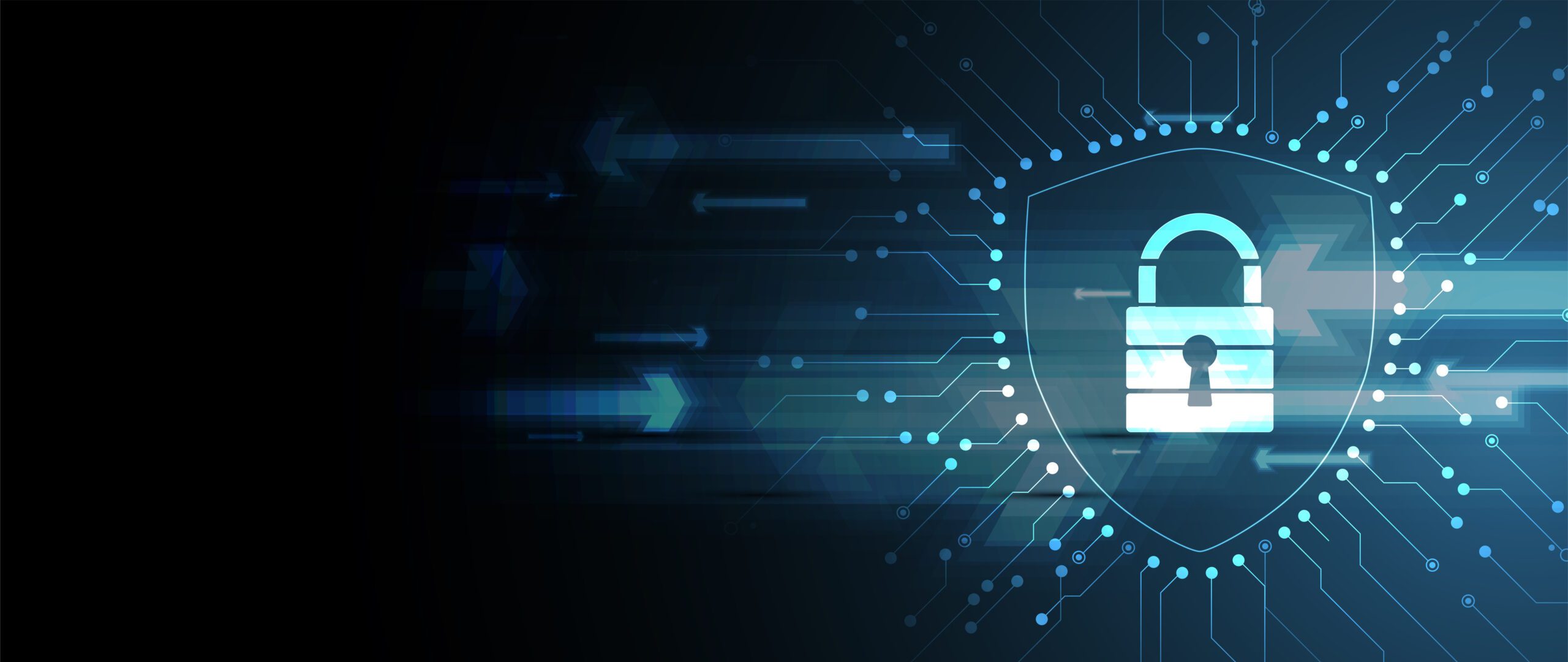If you’ve been researching mobile and endpoint management tools, chances are you’ve come across the terms mobile device management (MDM), enterprise mobility management (EMM) and unified endpoint management (UEM) several times. At first, these concepts might seem similar and the terms interchangeable. However, even though they share boundaries, each tool has distinctive characteristics and scope. This blog sheds light on the unique attributes of each concept and the IT environments in which they are most effective. Let’s demystify MDM, EMM and UEM!
What is the difference between MDM, EMM and UEM?
MDM is the first step to managing mobile devices within an organization. It provides simple and straightforward management of devices. In contrast, EMM takes a broader approach by managing not only mobile devices but the entire mobile ecosystem within an enterprise, including applications and content. UEM represents an evolution beyond MDM and EMM, addressing the management of various endpoint devices, including mobile devices, laptops, desktops, Internet of Things (IoT) devices and even virtual machines from one place.
Let’s begin by looking at each concept individually since knowing how each one works will also make understanding their differences easier.
What is MDM (mobile device management)?
In today’s tech-driven workplaces, MDM solutions have become indispensable for IT departments for managing, monitoring and securing all mobile devices used for work, whether company-provided or personally owned. According to a study, on average, an employee uses 2.5 devices at work. With employees seamlessly switching between computers, smartphones and tablets, administrators need a bird’s eye view of the complete environment.
With MDM solutions, administrators can effortlessly enroll new devices into the system, configure settings and ensure that each one complies with security and compliance standards. By allowing administrators to install, update and remove apps remotely, MDM solutions also offer a seamless way to manage applications and content across the mobile ecosystem.
Companies can even take control by implementing kiosk mode. This means employees can only access specific work-related apps, eliminating distractions, ensuring security and maximizing productivity. Real-time tracking of device performance is another game changer, enabling better resource allocation and cost optimization.
Among the many perks of using an MDM solution, security is a major one. With location tracking, remote data wiping, encryption enforcement and robust authentication, MDM solution shields businesses from cyberthreats and unauthorized access. By enabling web security policies on devices, companies can block access to blocklisted sites and prevent malicious downloads.
With MDM solutions in their arsenal, organizations can navigate the complexities of mobile device management efficiently and securely.
What is EMM (enterprise mobility management)?
As mobile and wireless devices became more prevalent in the workplace, integration between applications and platforms increased, making IT environments more complex. This ever-changing landscape necessitated a new breed of advanced solutions. Typically, an EMM solution provides all the functionalities of an MDM solution and more.
While MDM shines in device monitoring and management, EMM takes it one step further by giving equal importance to device, application and content monitoring, control and security. MDM and EMM solutions differ in the scope of mobile application management (MAM) and mobile content management (MCM). In this regard, the capabilities of EMM solutions run deeper, making it the go-to choice for managing complex IT environments. Where an MDM solution might provide basic content access and encryption, an EMM solution excels with secure file sharing, document collaboration and seamless content synchronization services.
Even on the device front, MDM solutions take charge of the usual suspects like laptops, tablets and smartphones, but EMM steps up to the plate, expanding the reach to cover devices like wireless printers, scanners and more. While MDM solutions laid the foundation, EMM solutions offer a more comprehensive range of services and features for effectively managing and securing mobile devices in an enterprise setting.
What is UEM (unified endpoint management)?
Today, the number and variety of devices has reached unprecedented levels. Think laptops to tablets, Internet of Things (IoT) gadgets, virtual machines and cloud infrastructures to biometric security devices — the complexity of managing IT infrastructures has skyrocketed. IT administrators need a solution to help them seamlessly monitor, manage and secure this vast digital landscape from a single point of control. The winner: unified endpoint management. Its all-encompassing capabilities make managing and securing today’s diverse and complex environments effortless for overworked and busy IT technicians.
Compared to an MDM or EMM solution, UEM solutions provide far more visibility into the IT environment and the capability to manage every device and endpoint under the sun. With a UEM solution, IT administrators gain a near-superhuman ability to monitor, set policies, deploy software updates and enforce ironclad security measures — regardless of the device, endpoint or operating system in question.
Moreover, top-of-the-line UEM solutions offer automation of common tasks, reducing the technician-to-endpoint ratio significantly and relieving overburdened technicians and service desk personnel from crushing work overloads. This added flexibility allows them to focus on critical business objectives, unleashing their true potential.
When it comes to cybersecurity, UEM solutions have a lot to offer. Kaseya VSA, a best-in-class UEM solution with game-changing features, such as fire-and-forget patching, configuration hardening and automated ransomware detection and remediation, also acts as the first line of defense, providing companies with the vital layer of protection to keep cyberthreats at bay.
UEM solution gives companies and IT administrators unmatched control over their and their client’s IT environments, helping them supercharge efficiency and productivity.
MDM vs. EMM vs. UEM: In summary
Although similar in many aspects, each solution is designed to benefit a certain type of IT environment more than others cost-effectively. Here is a handy comparison of their differences:
| MDM | EMM | UEM | ||
| Scope of management | Device-centric control and configuration for specific device types and operating systems. Limited application and content management capabilities. | Management and monitoring for a broader range of mobile devices and operating systems, including better coverage for devices enrolled in the BYOD policies. Provides advanced content and application management. | Provides a centralized way for managing, monitoring and securing the complete universe of endpoints, including smartphones, tablets, laptops, desktops and IoT devices. | |
Extent of functionalities | MDM offers:
| EMM provides all the features of MDM, plus:
| UEM integrates the functionalities of MDM and EMM solutions and tops it with cutting-edge features to provide comprehensive monitoring, management and security for all endpoints. You get:
| |
| Scalability | Designed for managing specific types of mobile devices with limited to no scalability for accommodating other devices. | Offers scalability to manage a variety of mobile devices and may support some additional non-mobile endpoint types. | Designed to adapt to emerging technologies and endpoint types, UEM solutions provide the highest level of scalability and future readiness. | |
| Integration capabilities | Limited integration capabilities with new and emerging technologies or systems. | Offers some integration capabilities with newer technologies, such as enterprise systems, cloud services and collaboration platforms. | UEM solutions integrate with a wide range of new technologies and tools, providing comprehensive endpoint management, a great user experience and increased productivity. | |
| End-user experience | Primarily emphasizes device management and security, focusing on enforcing policies and restrictions with limited end-user experience enhancements. | Aims to balance user productivity with security by providing features like single sign-on (SSO), unified app catalogs and secure collaboration tools. | Ensures strong monitoring with a seamless and consistent user experience across devices, regardless of the device type or platform. | |
MDM, EMM or UEM: Which is the right solution for your business?
Choosing an MDM, EMM or UEM tool will depend on various factors, including your business requirements, device environment, security and compliance needs, integration requirements and cost. Let’s look at each solution and the environment it would be best suited to.
When to choose MDM?
MDM is the perfect solution for businesses that don’t have a complex IT system but have a large fleet of mobile devices that need ongoing management. Think of an educational institute with straightforward requirements, such as easy content distribution, security policies implementation, and timely patching and updating of devices used by students and faculty. Instead of opting for more expensive EMM or UEM solutions, an MDM solution fits the bill perfectly for these setups.
Furthermore, companies with a mobile workforce made up of field technicians, sales representatives and delivery personnel can leverage the device tracking feature to gain visibility and ensure seamless operations on the go. Even small businesses in the retail and hospitality sectors, managing a limited number of mobile devices for point-of-sale transactions, customer engagement and inventory management, find MDM a reliable and practical solution for their needs.
When to choose EMM?
If your environment consists of a diverse range of devices and operating systems (iOS, Android, Linux, Windows) and you also have a BYOD policy, then an EMM or UEM solution would serve you well. An EMM solution offers more streamlined and collaborative management of your mobile environment over an MDM solution with enhanced application management and content management features to its credit.
Take the example of a midsized financial services business that uses custom or business-specific applications and stores sensitive customer information. This organization can utilize the MAM and MCM features in an EMM solution to secure and protect customer data while ensuring specialized apps run smoothly.
When to choose UEM?
UEM is the ultimate powerhouse among mobile devices and endpoint management solutions. Unlike traditional approaches, UEM is not limited by devices or operating systems. It provides the ability to monitor, manage and secure any real or virtual endpoint, ensuring the utmost safety and control over your IT environment. This makes UEM an ideal choice for companies managing a large and growing device landscape, a distributed workforce, undertaking digital transformations and seeking to improve IT efficiency cost-efficiently.
Scalability is another significant advantage of UEM solutions. If your business experiences highly cyclical demand patterns, UEM can effortlessly adapt to your needs without missing a beat. Additionally, for organizations with stringent security guidelines, UEM becomes a trusted ally, providing the necessary features to enforce robust security measures across all endpoints.
UEM is future-proof, capable of accommodating emerging technologies and staying ahead of the curve.
Manage mobility and endpoints with Kaseya
What if we told you that a single solution offers everything you could ever need for endpoint management? The first and truly unified endpoint solution — Kaseya VSA 10 — lets you manage not one, two or three types of endpoints but any endpoint, device or system you can put your finger on.
Imagine automating tasks you never thought possible, boosting your security through set-and-forget patching, hardened configurations and native ransomware detection. Moreover, our revolutionary solution treats each device as first class, ensuring a robust and high-functioning infrastructure. Increase your IT efficiency by at least 25% and embrace the power to achieve more with less effort.
Experience the future of IT management by signing up for a demo of VSA today.





